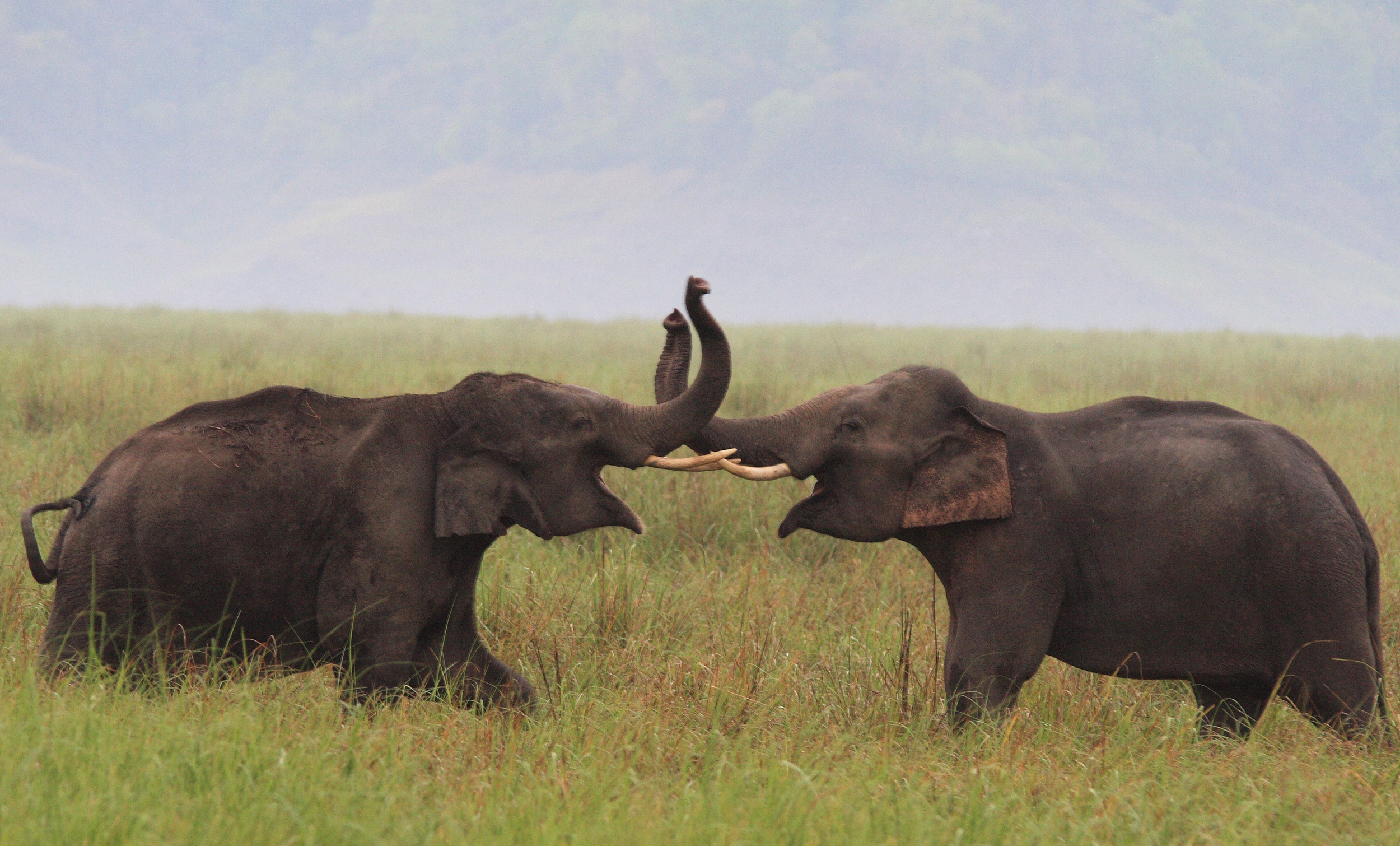Future UNESCO World Heritage Site
In Meghalaya, a large region in the northeastern side of India, which is relatively unknown to the outside world, lies a community called Garo Hills. This landscape is one of the most biologically diverse ecosystems on Earth. Not only that, it is one of the last remaining forests yet to be altered by modern human activity and is arguably the most pristine habitat for people and elephants remaining in SE Asia. It is home to one of the five largest remaining herds of Asian elephants and has the greatest population of wild cat species in Southeast Asia. The land is also still owned by the Garo People as it has been for centuries.
Garo Hills and Meghalaya have been targeted by transnational mining companies, which would destroy the natural landscape, causing massive loss of biodiversity and culture. The Indian Green Tribunal was able to win a mining moratorium for the area, however this will not last forever.
In 2016 Conservation Initiative for the Asian Elephant will sponsor the first of a series of summits to gain critical protection in the form of a UNESCO dual status World Heritage Site for Meghalaya and Garo Hills.
We have the opportunity to protect Garo Hills and Meghalaya for perpetuity through UNESCO’s World Heritage Site Program and we intend to do just that.


